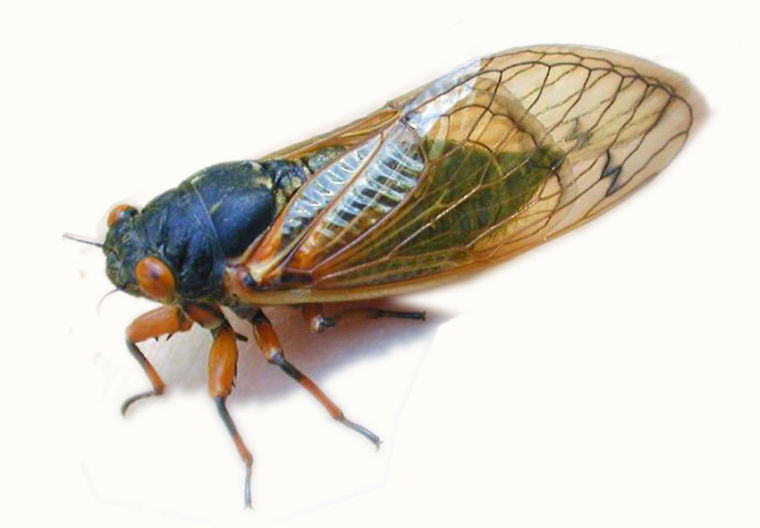13-year cicadas to invade here
Published 2:00 am Sunday, April 3, 2011

- Although Auburn University professor Lacy Hyche says in her article the “sex of cicada adults is easily determined,” you may have to date one to make the call. The females, she says, have “blade-like ovipositors (egg depositors) on the ventral surface of their abdomens.” The males, she says, have a pair of “sound-producing organs” on their abdomens. These organs amount to “a large plate-like structure called the operculum that covers a cavity containing a drum-like structure or timbal.” The buzzing you hear is Romeo vibrating his timbal.
Around the end of April, thousands of red-eyed, black-bodied, buzzing bugs will appear in Alabama — after 13 years.
The periodic cicadas — not to be confused with the larger annual cicadas —will soon emerge from holes in the ground, grow to adulthood and leave their delicate, freaky, outgrown skins attached to trees and shrubs. The males will lure lovers with their crazy buzzing. The females will lay eggs, and the 13-year process will begin again.
While the appearance of the 13-year cicadas — Brood XIX — seems to either repel or fascinate people, it always alarms gardeners. The females poke holes in shrubs and small trees to deposit their eggs, which can damage limbs. Pesticides have limited effect on cicadas, so 1/4-inch netting is the best prevention, according to The Gardener’s Network at www.gardenersnet.com. You have 5 to 10 days after they crawl from the soil to protect plants, according to the website.
As bugs go, cicadas are among the most misunderstood. Their fly-like appearance and the whirring ruckus they make in the spring probably contribute to that.
Throughout history, people have sometimes referred to cicadas as locusts. Locusts are actually grasshoppers that can appear in droves and quickly destroy crops. Cicadas were dubbed locusts because they also appeared en mass, leading people to expect a similar plague.
Many love cicadas, including cats and dogs that play with the buzzing bugs.
There are experts who can identify a cicada’s species simply by hearing its song, just like a classic rocker knows a Beatle’s title simply by hearing a few notes.
Some even eat the insects.
Cicada eating was popular in Chicago in the 1990s, so much so that it made the pages of Time Magazine, according to the University of Michigan Museum of Zoology periodical cicada website by J. Stein Carter.
What to expect in Alabama
The adult life of a cicada is brief but determined.
In Alabama, the nymphs should emerge from the earth during the last 10 days of April and the first week of May, said Lacy Hyche, associate professor of the Department of Entomology at Auburn University, in her informative treatise on the cicada titled, “Periodical Cicadas (‘The 13-Year Locusts’) in Alabama.”
That it takes cicadas 13 years to emerge to mate should surprise no one who has ever waited for a woman to prepare for a date. (Who hasn’t had a sister who took just under a week to bathe, wrap her hair onto giant rollers, sit under the hairdryer and then rat, tease, spray and comb it, trowel on foundation, add false eyelashes and Cleopatra eyeliner, and then squeeze into hosiery, a dress and shoes?)
According to Hyche’s article, cicadas roughly follow the following process:
Once the nymphs leave the ground, they grow, leave their split-back former shells stuck to trees and other surfaces, and emerge from as winged adults. Now, the boy of the species begins putting out the vibe. His lure is his whirring buzz, considered a song by girl cicadas, poets and entomologists. The bugs find each other and mate, and then the male dies a short time later. The female continues on, poking holes in shrubs and tree limbs in order to deposit her eggs. Then she passes. The eggs hatch, fall to the ground and head into the ground, where they spend the next 13 years getting ready for their dates.
To read Hyche’s article, go online to http://www.ag.auburn.edu/enpl/bulletins/cicadas/cicadas.htm.





